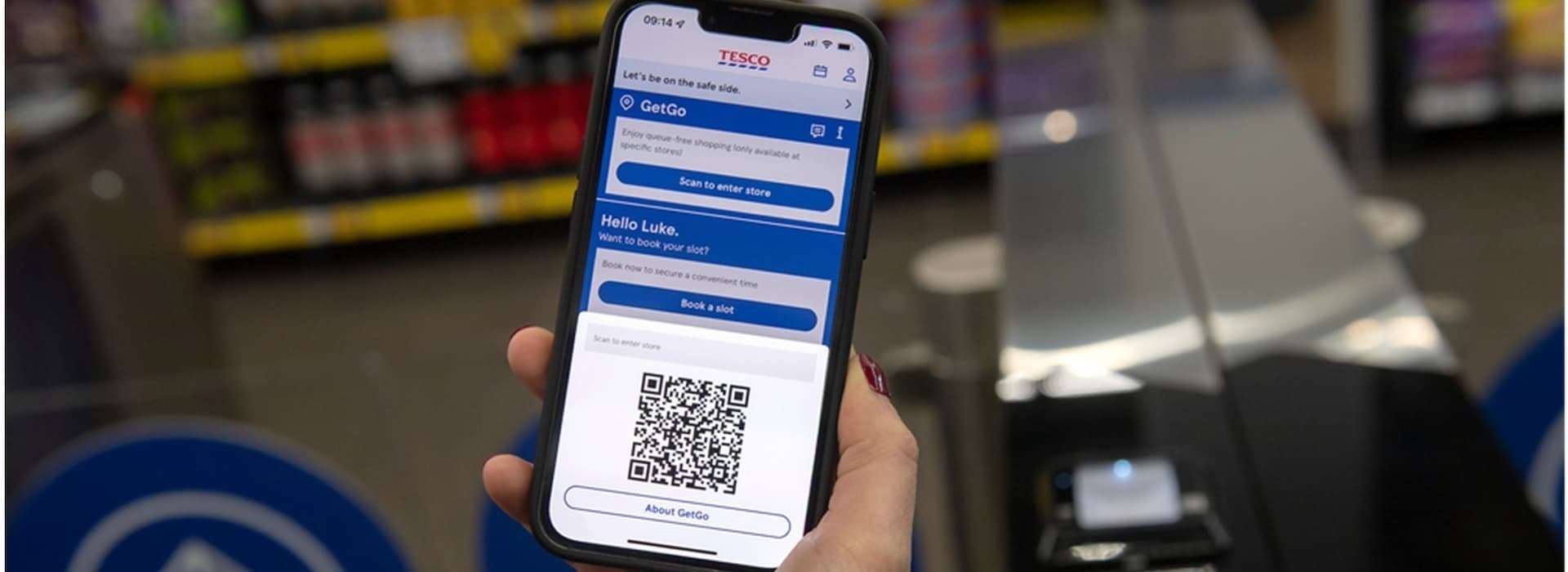Four ways robots will transform retail operations in 2021
By Michel Spruijt, VP & General Manager, Brain Corp Europe
Robotics deployments in retail environments have seen steady growth over the past couple of years, proving out their value and efficacy and delivering solid ROI.
The Covid-19 health crisis has accelerated this trend, so much so that in 2021 technologies such as autonomous mobile robots (AMRs) will begin to have a transformational impact in the retail sector.
Below are four predictions for how these advanced technologies are positioning to help shape the retail landscape in 2021 and beyond.
1. Robots move from ‘nice to have’ to ‘must have’
Only a few years ago, robotic floor scrubbers, vacuums, and other self-driving machines that operate in dynamic public locations, including retail, were seen as a bit of novelty – an innovative solution, but not an operational priority.
This attitude shifted as the health crisis made its way around the globe and acted as an accelerant for mobile robot deployments.
As an increasing number of robots were integrated into retail operations, data supporting ROI could be tracked directly and the benefits of AMRs to retailers of all sizes was made clear.
As cleaning was given heightened priority and focus, US retailers and grocers, including Walmart and Kroger, quickly increased their usage of autonomous scrubbers to support workers and enhance efficiency.
According to Brain Corp data, the median usage of robotic scrubbers at US retail locations spiked by 14.5% during the first three quarters of the year compared to the same period in 2019, generating an estimated 2.4 million hours of productivity.
Through these robotics deployments, retail workers were able to concentrate on more specialist cleaning tasks and other retail store operations including supporting customers.
As these strategic values become increasingly validated, we expect robot deployments to grow further in 2021.
2. Value of robotics moves beyond cost savings
Autonomous robots deliver significant cost savings, but their benefits go far beyond this.
By carrying out manual, repetitive tasks, robots free up workers to focus on higher value tasks, including sanitising high contact surfaces, restocking inventory, helping customers or even taking a much needed break
Robots also enhance brand value by acting as a strong visual demonstration of a company’s commitment to smart operations, cleanliness and general innovation.
As more retail outlets deploy robots, we can expect to see the industry begin to adopt a new approach to evaluating innovative technologies using a more holistic interpretation of ROI.
3. Robotic data underpins and enhances operational performance
One of the key (and often overlooked) benefits of autonomous robots is the ability of email reporting and cloud-based user portals to deliver near real-time usage data.
For instance, cleaning operations are monitored and data collected on areas covered, number of routes run, and percentage of autonomous usage versus manned. Heat maps showing areas cleaned provide detailed visual reference points.
This high resolution data allows operations and facilities managers to optimise daily cleaning performance, as well as better manage compliance goals. In 2021, more managers and daily operators will use robotic data to improve their operations and demonstrate clear “proof of work” metrics.
A centralised approach using a cloud-based AI software platform will enable multiple retail robotics applications from different equipment manufacturers to be monitored and managed collectively.
Retailers will be able to manage entire robotic fleets using centralised data hosting and reporting, built-in safety protocols, connected user experiences, and automatic software upgrades thanks to a unified cloud connected approach.
4. Robots become smarter and easier to use
Autonomous robots have traditionally been deployed in warehouse and manufacturing settings where technical support staff could oversee them.
But in order to be viable in commercial public settings such as retail and grocery stores, non-technical users must be able to use the technology easily and efficiently.
Robots used in retail settings must include highly intuitive user interfaces, graphical reporting, and easy deployment instructions, or employees will likely reject them in favour of traditional methods.
Simplified user experiences will become a fundamental requirement for all public facing commercial robots.
2020 was a watershed year for robotics due to a once in a generation health crisis. Within a span of a few months, robots became essential to the success of retail outlets and familiar sights in many major shopping locations.
We expect that trend to continue accelerating in 2021 and well beyond.










